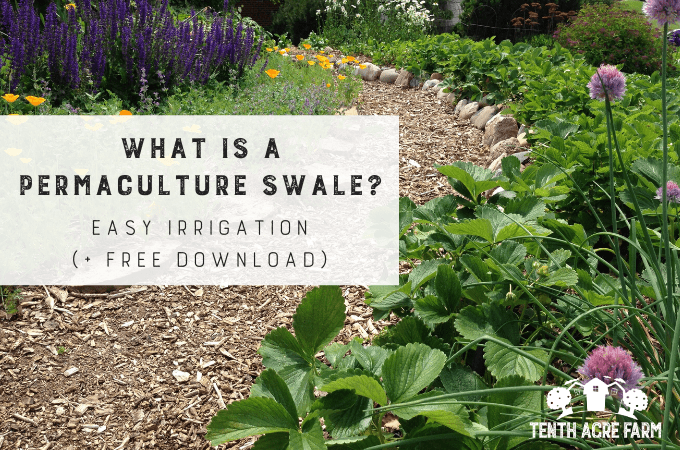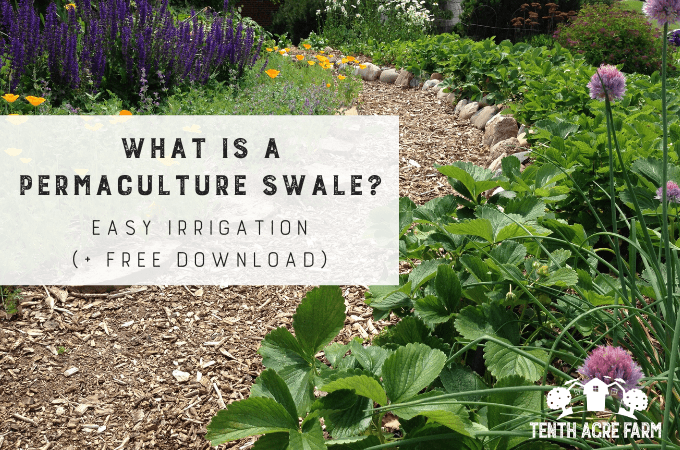
Weathering the Storm: Water Conservation for Southeastern Homesteads
Remember that torrential downpour last July? It flooded the lower pasture and washed away half the tomato starts. Then, nothing. Weeks of relentless sun and parched earth followed, leaving us scrambling to keep the livestock watered and the remaining crops alive. This isn't just a bad year; it's the new normal. Homesteaders and small farmers across the Southeastern US are facing increasingly unpredictable weather patterns, marked by more frequent and intense droughts, sudden deluges, and consistently higher temperatures. To thrive, we must adapt. Water conservation is no longer optional; it's essential for homesteading resilience in the face of a changing climate.

The Climate Reality in the Southeast
The Southeast is experiencing the tangible effects of climate change. NOAA data shows a clear trend towards increased average temperatures and more extreme weather events. University extension reports detail the impact on agriculture, including reduced crop yields due to drought stress, heat stress on livestock, and the economic strain of increased irrigation costs. We're seeing longer stretches between rainfall, followed by intense storms that cause erosion and runoff, rather than soaking into the soil. This erratic pattern makes water management incredibly challenging. The old ways of relying on consistent rainfall are no longer sufficient. We need proactive strategies to capture, conserve, and efficiently utilize every drop of water. Failure to adapt means jeopardizing our food security, our livelihoods, and the very sustainability of our homesteads.
Practical Water Conservation Techniques
Fortunately, there are many proven techniques that homesteaders can implement to conserve water and build resilience.
Rainwater Harvesting: Harvesting rainwater is a straightforward way to supplement your water supply. Start by calculating your roof runoff potential. For every inch of rain, one square foot of roof will yield approximately 0.6 gallons of water. Calculate your roof surface area (length x width) and multiply that by 0.6 to estimate your potential water capture per inch of rain. For example, a 1,000 sq ft roof could collect 600 gallons of water per inch of rainfall! Choosing the right tank size depends on your water needs and rainfall patterns. Multiple smaller tanks can be easier to manage than one large tank. Always filter rainwater to remove debris and sediment before storing it. A simple screen filter on your downspout and a sediment filter before the tank inlet are good starting points. Stored rainwater is excellent for watering gardens, washing tools, and cleaning livestock areas. Remember to follow local regulations regarding rainwater harvesting.
Swales: Swales are ditches dug on contour, designed to capture and infiltrate rainwater runoff. They slow down the flow of water, allowing it to soak into the soil and recharge groundwater supplies. This not only reduces erosion but also creates a more consistently moist environment for plants.
[Diagram of a Swale] (No image provided, but should be an illustration showing a cross-section of a swale, with the berm on the downhill side planted with vegetation.)
To build a swale, first identify the contour lines on your property using a level or A-frame. Dig a ditch along the contour, and pile the excavated soil on the downhill side to create a berm. Plant the berm with vegetation to stabilize the soil and further enhance infiltration. Swales are particularly effective on slopes, where they can intercept runoff and prevent erosion.
Keyline Design: Keyline design is a holistic approach to land management that focuses on optimizing water distribution and improving soil health. It involves identifying "key points" and "key lines" on your property to guide the placement of swales, ponds, and other water-harvesting structures. Keyline design aims to spread water evenly across the landscape, maximizing infiltration and reducing runoff. Learn more about Keyline Design. [Link to a reputable resource on Keyline Design]
Greywater Recycling: Greywater is wastewater from showers, sinks, and laundry machines. It can be safely reused for irrigation, provided you take certain precautions. Use only biodegradable soaps and detergents. Never use greywater on edible plant parts that come into direct contact with the soil, such as lettuce or strawberries. The best use for greywater is irrigating trees, shrubs, and ornamental plants. Check local regulations regarding greywater recycling, as permits may be required. A simple greywater system might involve diverting water from your shower drain to a mulch basin around a fruit tree.
Drought-Resistant Crops: Selecting drought-resistant plant varieties is crucial for minimizing water use. Okra is a classic Southern crop that thrives in hot, dry conditions. Sweet potatoes are another excellent choice, as they are relatively drought-tolerant and produce abundant yields. Certain varieties of beans and peas, such as cowpeas and black-eyed peas, are also well-suited to dry climates. Consider planting native wildflowers to attract pollinators and improve soil health. These often require less water than cultivated varieties.
Redbird Hollow: A Homesteading Oasis
Nestled in the rolling hills of North Georgia is Redbird Hollow, a fictional homestead that embodies the principles of permaculture and water conservation. Owners, Sarah and Ben, transformed a degraded piece of land into a thriving ecosystem by working with nature, not against it.
Their homestead boasts an impressive rainwater harvesting system, capturing water from the house and barn roofs into a series of interconnected tanks. This water is used to irrigate their gardens and provide drinking water for their livestock. A network of swales and ponds meanders across the property, slowing down and infiltrating rainwater, preventing erosion, and creating habitat for wildlife.

Sarah and Ben also utilize hugelkultur beds, which are raised garden beds built on a foundation of decaying wood. The wood acts like a sponge, retaining moisture and nutrients, reducing the need for irrigation. Their food forest is another key element of their water conservation strategy. Drought-tolerant fruit trees like figs and persimmons, along with shrubs like blueberries and elderberries, provide a diverse source of food while requiring minimal watering.
Redbird Hollow is a testament to the power of permaculture and water conservation in creating a resilient and sustainable homestead. They prove that even in the face of drought, it is possible to thrive by embracing natural systems and working in harmony with the land.
Community Resilience and Call to Action
Building climate resilience is not just an individual effort; it requires community collaboration and knowledge sharing. We need to learn from each other, share our successes and failures, and support local organizations that promote sustainable agriculture. Start small, experiment with different techniques, and don't be afraid to ask for help. Share your experiences with your neighbors and online. The more we work together, the more resilient we will become. What steps will you take this week to conserve water on your homestead?
Check out these resources for more information on sustainable agriculture and water conservation: [Link to a relevant resource]
And find your local extension office here: [Link to find your local extension office]
Find more inspiration from Redbird Hollow here:
[Link to @RedbirdHollowHomestead's Instagram Profile]
"Even during these dry spells, our garden is thriving thanks to rainwater harvesting, swales, and thoughtful plant choices. We are so grateful. What are your favorite drought-resistant plants? #Permaculture #Homesteading #DroughtResilience #RainwaterHarvesting #GeorgiaHomestead #WaterConservation #SustainableLiving #RedbirdHollow"